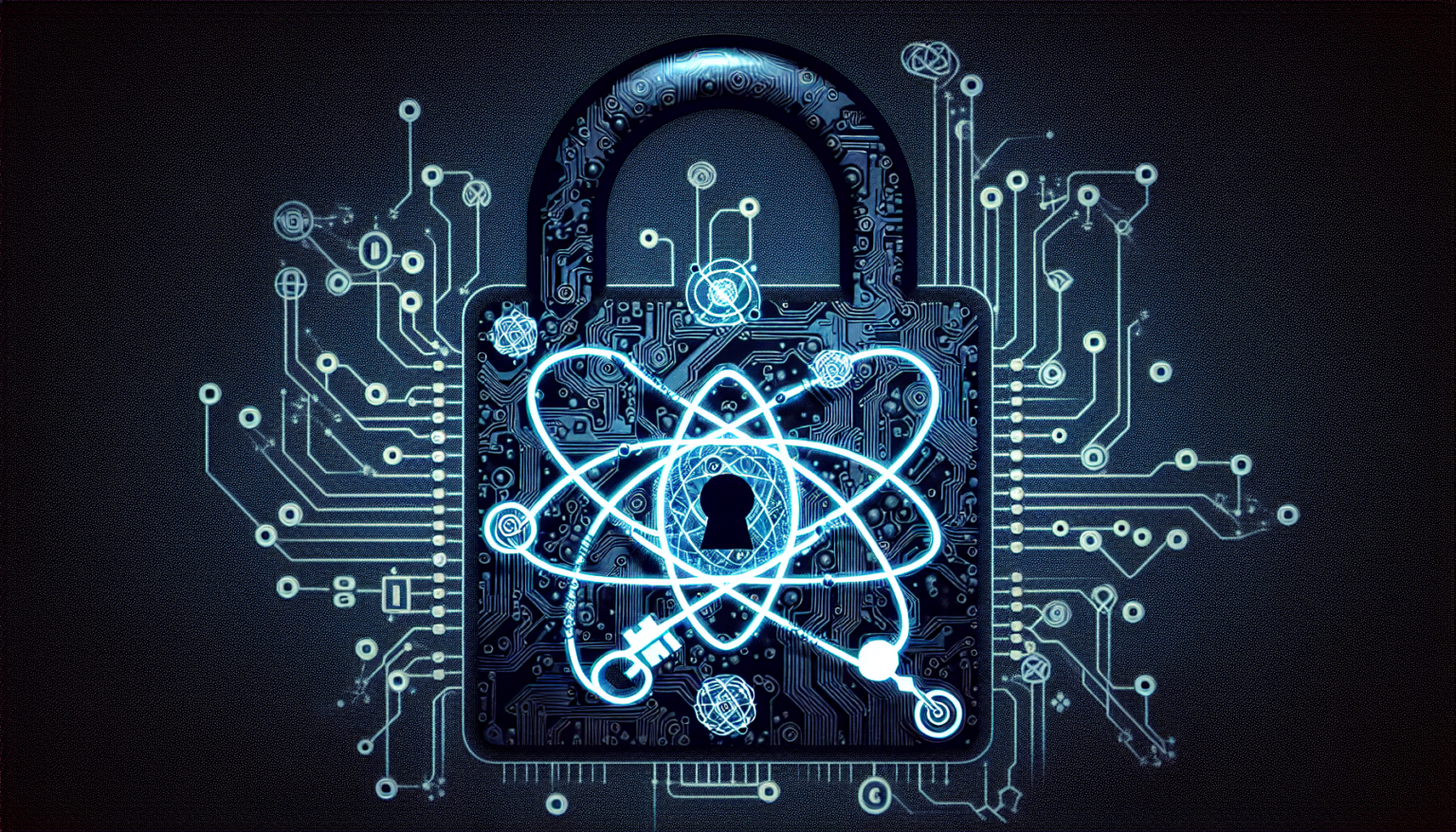Understanding Public-Key Infrastructure
What is Public-Key Infrastructure?
Public-Key Infrastructure (PKI) refers to the framework that manages digital certificates and public-key encryption. It ensures secure communication over the internet by allowing users to verify each other’s identities using asymmetric cryptography. In PKI, each participant has a pair of keys: a public key, which can be shared with everyone, and a private key, which remains secure and confidential.
The Role of Certificates in PKI
Certificates are crucial components of PKI. They are digital documents that associate a public key with an individual’s identity, thereby providing assurance that the public key belongs to the entity it claims to represent. Certificates are usually issued by a trusted third-party entity known as a Certificate Authority (CA).
How CAs Ensure Security
CAs validate the identities of the certificate requesters before issuing certificates. This process can include various levels of verification, depending on the type of certificate being requested. The trustworthiness of a CA directly influences the security of the entire PKI, as any compromise can endanger individual certificates and, subsequently, the communication relying on them.
The Threat of Quantum Computing
What Are Quantum Computers?
Quantum computers leverage the principles of quantum mechanics to perform calculations at speeds unattainable by classical computers. Using qubits instead of bits, quantum computers can process vast amounts of information simultaneously. This unique capability can break encryption methods based on mathematical problems that classical computers find difficult.
Quantum Attacks on Cryptography
Most classical encryption techniques, such as RSA and ECC (Elliptic Curve Cryptography), rely on the computational difficulty of specific mathematical problems. For instance, the security of RSA is based on the failure of factoring large primes, while ECC relies on the difficulty of solving discrete logarithm problems.
Quantum computers, however, could potentially factor these large numbers and solve discrete logs in polynomial time using algorithms like Shor’s algorithm. This poses a significant risk to the security framework established by PKI.
Shor’s Algorithm and Its Implications
Shor’s algorithm is a groundbreaking quantum algorithm that can factor integers exponentially faster than the best-known classical algorithms. This means that if an adversary can harness a sufficiently powerful quantum computer, they could easily decrypt messages, impersonate users, and forge digital signatures that currently rely on RSA or ECC.
Assessing the Security of PKI in the Quantum Era
Current PKI Vulnerabilities
While PKI has been vital in ensuring secure communications, it is not without flaws. These vulnerabilities can be aggravated in a post-quantum world. Here are some of the primary concerns:
Inadequate Key Lengths
Many existing PKI implementations use key lengths that may be secure from classical attacks but are vulnerable to quantum threats. For instance, a 2048-bit RSA key may be secure today but can be easily broken by a sufficiently powerful quantum computer. Experts recommend transitioning to larger key sizes or more robust algorithms to safeguard against quantum attacks.
Trust in Certificate Authorities
Reliance on CAs introduces a central point of failure. If a CA is compromised, an attacker might issue counterfeit certificates, which would undermine the entire PKI. The problem is exacerbated in the quantum era, where the speed of attacks can lead to massive outages or data breaches before reasonable defenses are put in place.
Mitigating Quantum Threats
As we move toward a possible era of quantum computing, securing PKI against these impending threats becomes essential. Here are some strategies for bolstering PKI security.
Implementing Post-Quantum Cryptography
Post-quantum cryptography (PQC) refers to cryptographic algorithms that are secure against both classical and quantum attackers. Researchers are working on standardizing PQC algorithms, which could eventually replace RSA and ECC in PKI. These new algorithms are based on mathematical problems considered hard for quantum computers, such as lattice-based cryptography, hash-based cryptography, and multivariate polynomial equations.
Hybrid Cryptographic Approaches
A promising approach is designing hybrid systems that combine traditional cryptographic methods with post-quantum algorithms. By doing this, organizations can maintain compatibility with existing systems while layering in additional security features designed to mitigate quantum threats.
Future Directions for PKI in a Quantum World
Preparing for Transition
Transitioning to a more secure PKI in the face of quantum attacks will require significant planning and investment. Organizations need to assess their current PKI implementations, understand potential vulnerabilities, and start adopting quantum-resistant measures.
Awareness and Education
One of the critical steps organizations can take is to educate stakeholders about the implications of quantum computing on security. By fostering a culture of awareness, businesses can make informed decisions on when and how to update their cryptographic infrastructures.
Collaborative Efforts
The transition to post-quantum secure protocols requires collaboration across industries and sectors. Governments, corporations, and academic institutions must work together to establish standards, share knowledge, and develop a roadmap for securely transitioning PKI into the quantum age.
Research and Development Initiatives
Investing in research and development initiatives focused on PQC is vital. Organizations must support efforts to identify, test, and implement quantum-resistant algorithms. This investment not only contributes to individual security but also advances the larger goal of creating a resilient cybersecurity landscape.
Implementation Challenges
While transitioning PKI to withstand quantum attacks is essential, it is not without its challenges. Some potential roadblocks include compatibility with existing systems, the scalability of new technologies, and the need for a seamless user experience. Addressing these challenges will be crucial to ensure that the transition does not disrupt services or undermine user trust.
Cost and Resource Allocation
Lastly, organizations must allocate resources effectively to manage the transition effectively. The cost associated with upgrading PKI systems may be substantial, but it is an investment in future security. Stakeholders should evaluate the long-term benefits of a secure PKI system against immediate financial constraints.
Overall, the evolving landscape of quantum computing necessitates a re-evaluation of how we perceive and implement Public-Key Infrastructure. By understanding the challenges and proactively addressing potential threats, organizations can better prepare themselves for a future where quantum computers become a reality.








